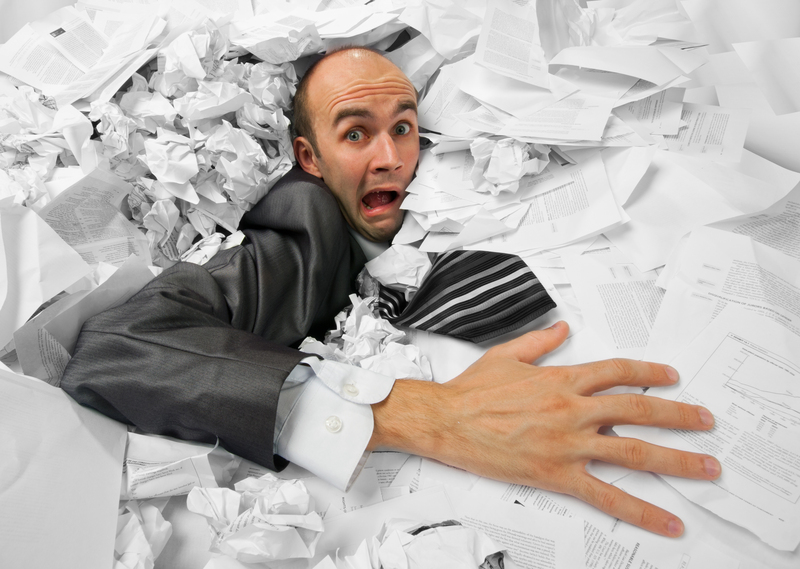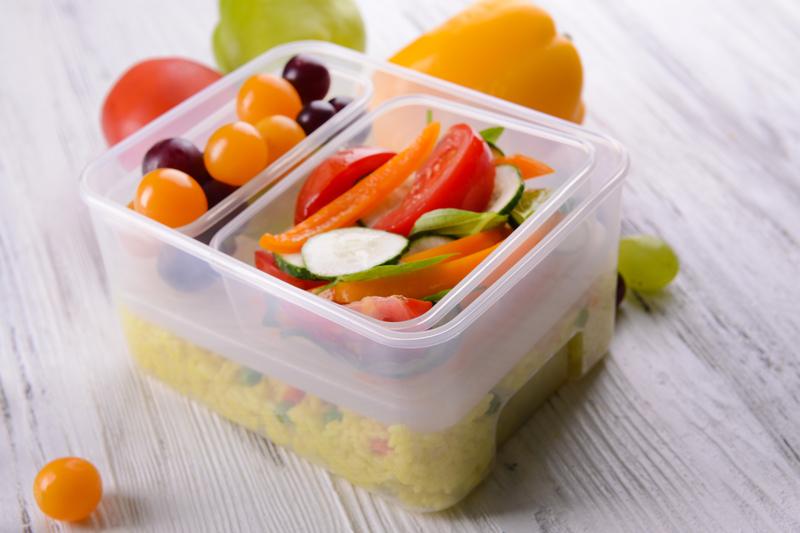Celebrating Innovations in Packaging and Cardboard Disposal
In today's modern world, innovations in packaging and cardboard disposal are transforming the way we handle, use, and discard everyday materials. As consumerism rises and e-commerce continues to thrive, the importance of eco-friendly packaging solutions and responsible waste management grows exponentially. In this comprehensive article, we will explore how cutting-edge advancements are shaping sustainable packaging, efficient cardboard disposal, and the future of the industry.

Why Innovations in Packaging Matter
The world produces billions of tons of packaging waste annually. Cardboard, one of the most commonly used packaging materials, is often underutilized or improperly disposed of, causing environmental concerns. Innovative packaging methods help mitigate these effects by:
- Reducing resource consumption
- Improving recyclability
- Decreasing transportation costs
- Minimizing landfill waste
- Encouraging consumer responsibility
Ultimately, innovative packaging goes beyond aesthetics and convenience. It is a key player in combating climate change, promoting circular economies, and fostering a cleaner planet for generations to come.
Modern Trends in Packaging Innovation
Sustainable Materials Take Center Stage
The packaging industry is shifting from conventional plastics and non-recyclable items to biodegradable, compostable, and renewable alternatives. Among the most exciting trends are:
- Plant-Based Packaging: Derived from sources such as cornstarch, sugarcane bagasse, and mushrooms, these materials decompose naturally, significantly reducing their environmental footprint.
- Recycled Content: Using recycled cardboard and paper for manufacturing new packaging helps conserve resources and cuts down on waste.
- Edible Packaging: An emerging field, edible polymers derived from seaweed, rice, and even milk proteins are revolutionizing food packaging.
- Minimalist Packaging Design: Less is more! Streamlined designs use fewer materials while maintaining product protection and appeal.
Smart and Functional Packaging
Thanks to technological advancements, packaging is becoming smarter--improving traceability, safety, and user experience:
- QR Codes & NFC Tags: These allow consumers to access detailed product information, authenticity checks, or recycling tips simply by scanning their phone.
- Shelf-Life Indicators: Packaging equipped with sensors can indicate freshness or spoilage, reducing food waste.
- Self-Adjusting Packaging: Some designs adjust firmness and fit to the product, reducing excess material and improving protection.
The Evolution of Cardboard Disposal Methods
With the global surge in shipping and online retail, cardboard packaging has become ubiquitous. However, managing the resulting waste remains a challenge. Thankfully, new disposal innovations are tackling these issues head-on.
Enhanced Cardboard Collection Systems
Municipal recycling programs have been upgraded to make cardboard recycling more accessible and efficient. Innovations include:
- Single-Stream Recycling: Residents can mix recyclables together, reducing the need for complex sorting at home.
- Automated Sorting Centers: Sophisticated machinery uses AI and robotics to separate cardboard from other materials with high precision.
- Reverse Vending Machines: Some cities now install machines that accept used cardboard packaging in exchange for discounts or rewards.
Biodegradation and Composting Solutions
Composting cardboard is a practical way to keep waste out of landfills, especially when materials are printed with plant-based inks. Recent trends include:
- Home Composting Kits: DIY cardboard composters tailored for apartments and small homes.
- Community Compost Hubs: Neighborhood drop-off points for compostable packaging encourage local participation.
- Industrial-Scale Composting: Facilities processing large volumes of eco-friendly packaging materials enable even cities with limited landfill space to operate greener.
Creative Reuse and Upcycling of Cardboard
Instead of simply discarding used cardboard packaging, many individuals and businesses are embracing creative reuse and upcycling. Some innovative strategies include:
- Furniture and Decor: Designers craft tables, shelves, and even lamps from sturdy cardboard.
- Children's Toys: Cardboard forts, playhouses, and costumes are sustainable alternatives to plastic toys.
- Art Installations: Artists worldwide use recycled cardboard to build impressive, large-scale sculptures and exhibits.
- Shipping Pallets: Reinforced cardboard pallets offer reusable, lightweight shipments for businesses.
Encouraging upcycling not only keeps packaging out of landfills but also sparks creativity and supports a circular economy.
The Role of Manufacturers and Retailers in Sustainable Packaging
The push for sustainable packaging innovation begins with large manufacturers and retailers. These industry leaders set the stage by:
- Committing to Recyclable Materials: Many major brands have pledged to use only recyclable or compostable packaging by 2025.
- Encouraging Reverse Logistics: Companies provide convenient return programs for recycling used packaging.
- Investing in Research & Development: Steady innovation leads to new materials and disposal methods, pushing the entire market forward.
- Educating Consumers: Labels, leaflets, and digital content help buyers make better disposal choices.
Consumers: The Key to Cardboard Disposal Success
Responsible cardboard disposal doesn't end with industry changes--it relies heavily on informed consumers. Here's how every individual can make a difference:
- Flatten Boxes: This saves space in recycling bins and eases transportation.
- Remove Contaminants: Take off plastic tape, labels, and packing peanuts before recycling.
- Follow Local Guidelines: Know whether your city accepts certain types of coated or waxed cardboard.
- Reuse Whenever Possible: Storage solutions, crafts, and shipping gifts are excellent ways to repurpose cardboard packaging.
- Compost Non-Coated Cardboard: Plain, unwaxed, and non-glossy pieces are perfect for enriching soil.
Small efforts multiplied across millions of people result in enormous positive environmental impact. Every responsible disposal action counts.
Breakthrough Technologies Shaping the Future
Smart Recycling Infrastructure
Artificial intelligence, machine learning, and Internet of Things (IoT) are on the frontline of revolutionizing waste management and recycling systems:
- Sorting Robots: High-speed robots now identify, sort, and separate different types of cardboard packaging and other recyclables in seconds.
- Data-Driven Waste Collection: IoT-enabled bins track fill levels, optimizing pickup schedules and reducing carbon emissions.
Water-Soluble and Dissolvable Packaging
Imagine household products arriving in cardboard packages that dissolve in water, leaving no trace behind. This dream is quickly becoming reality, with research focusing on water-soluble glues, inks, and fibers for complete zero-waste packaging.
Blockchain for Packaging Traceability
Ensuring the authenticity and sustainability credentials of packaging is easier than ever with blockchain. Each step--materials sourcing, manufacturing, transport, and disposal--can now be logged--empowering consumers to make informed choices about eco-friendly packaging.
Graphic Innovations and Consumer Engagement
Eye-catching graphics and QR codes not only improve shelf appeal but also educate. Creative packaging designs nudge buyers to upcycle their boxes or dispose of them correctly, combining beauty with purpose.
The Global Impact of Packaging and Cardboard Disposal Innovations
Why do these advances matter so much on a global scale? According to the Environmental Protection Agency (EPA) and World Bank, packaging waste is a top contributor to landfill overflow and marine pollution. By adopting new practices and products, we can:
- Reduce Oil and Energy Consumption: Recycled and biodegradable packaging needs less energy to produce.
- Lower Greenhouse Gas Emissions: Diverting cardboard from landfills curbs methane production.
- Protect Oceans and Wildlife: Less non-degradable packaging means less harmful debris in natural habitats.
- Build Sustainable Jobs: The growing green packaging and recycling sectors yield economic benefits.
Every stakeholder--manufacturers, retailers, governments, and individuals--must work together to accelerate change.

The Road Ahead: Challenges and Opportunities
While tremendous progress is happening, challenges remain. Not all regions have easy access to modern recycling facilities; contaminated materials can spoil entire batches of recyclables; and public education gaps persist. Yet, the opportunities are immense:
- Local Governments: By investing in advanced recycling and composting infrastructure, municipalities can improve waste outcomes and create cleaner cities.
- Startups and Innovators: Agile new companies can pilot sustainable packaging and disposal solutions, often outpacing industry giants.
- Policymakers: With stronger regulations and incentives for eco-packaging, the shift can be even faster.
Conclusion: Building a Greener Future Through Packaging Innovation
Celebrating innovations in packaging and cardboard disposal isn't just about new products--it's about protecting our environment, promoting social responsibility, and driving a wave of sustainable change. Whether you're a business decision-maker, a policy setter, or an everyday consumer, your choices matter.
As we move forward, it will be essential to continue investing in sustainable packaging technologies, scaling up efficient cardboard disposal systems, and spreading awareness at every level. Every box recycled, every creative reuse, and every eco-friendly purchase counts in the journey toward a more sustainable future.
Let's join hands to innovate, educate, and inspire--one package at a time!